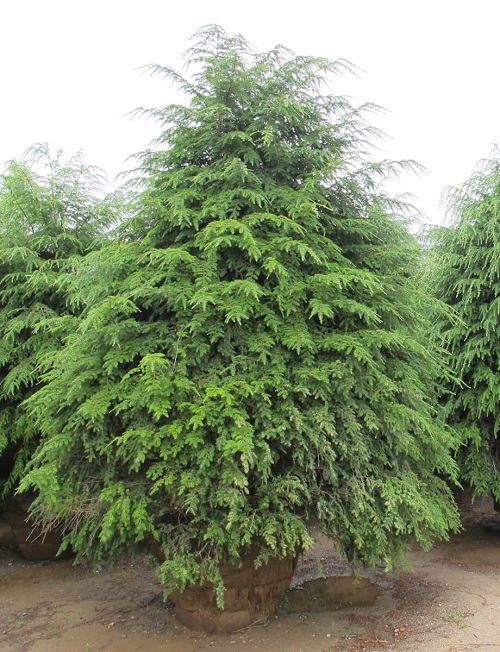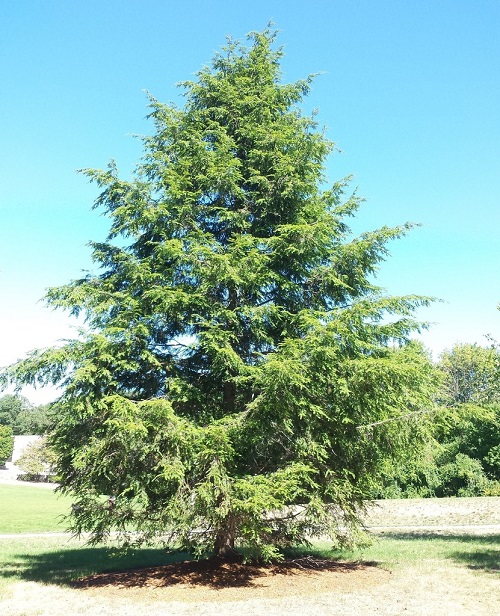The State Tree of Pennsylvania is quite easy to grow, unlike what you think! Let’s have a look at all the details!

The State Tree of Pennsylvania can take over 200-250 years to mature and can live for about 800-1000 years. Sounds unbelievable? Keep on reading to learn more!
Find out the Best Fast Growing Privacy Shrubs here
State Tree of Pennsylvania
- In 1931, Pennsylvania adopted Eastern Hemlock as its official state tree.
- People use its wood to build log cabins and tanning leather.
- The State Tree of Pennsylvania is also popular as Hemlock Spruce or Canada Hemlock.
- AJ Downing describes this tree as one of the world’s evergreen beauty and calls it the “Father of Landscape Gardening in America.”
- It is a normal sight in Pennsylvania forests.
- The State Tree of Pennsylvania can live for 800-1000 years.
- The beautiful tree can help keep the forest cool in summer and blocks snowfall in winter from reaching the forest floor.
Botanical Name: Tsuga canadensis
Year Adopted: 1931
USDA Zones: 3-7
Check out the Best Shrubs for Containers here
How to Grow the State Tree of Pennsylvania

Location
For best growth, keep the State Tree of Pennsylvania, where it gets a minimum of 4-5 hours of direct sunlight daily. Growing it in the shade will result in poor development.
Best Soil
Plant this tree in evenly moist soil with excellent drainage. Amend the growing medium with plenty of organic matter when planting.
Watering
The Hemlock Tree needs a fair amount of water and cannot survive extended periods of drought. Water when the topsoil feels a little dry to touch till the plant gains a height of 3-5 feet. Avoid watering it daily.
Fertlizer
You can boost the growth by using a balanced liquid fertlizer, diluted to 1/2 of its strength, once in 6-8 weeks. Feed the plant till it reaches a height of 4-6 feet. After that, it will do just fine without any fertlizer.
Pruning
Canadian Hemlock does not require much pruning unless the branches get affected by disease or weather. Prune in spring or summer, when it is actively growing, and avoid trimming in winter or fall.
Pests and Diseases
This gorgeous tree has one big enemy – Hemlock woolly adelgid. An infested tree has white woolly masses growing at the base of the undersides of the twigs. It can be challenging to control the infestation, but you can use insecticidal soap to curb the effects.
Additionally, if you live in a deer-heavy zone, you may have to take precautions to keep them at bay.


